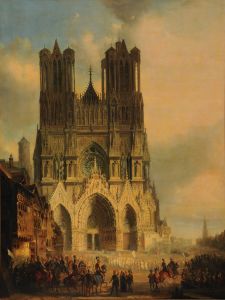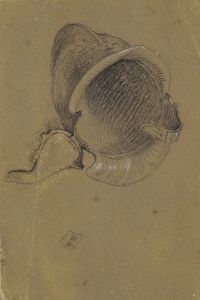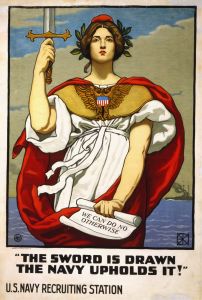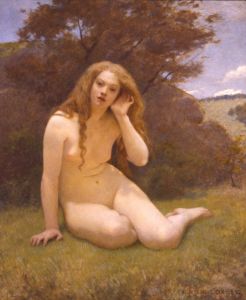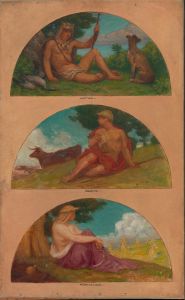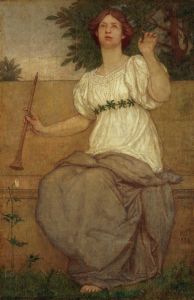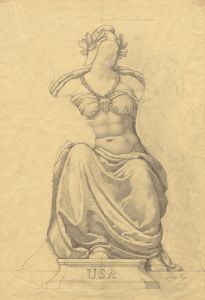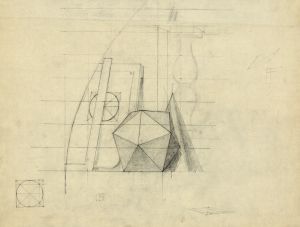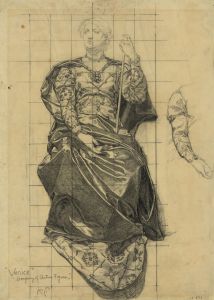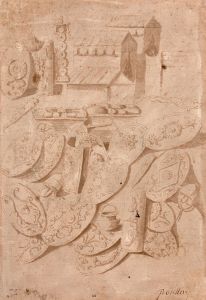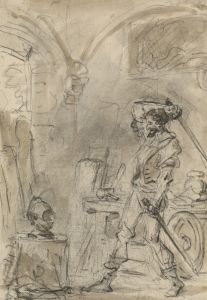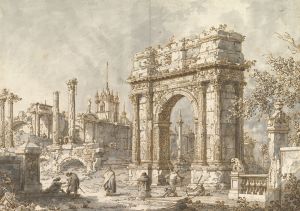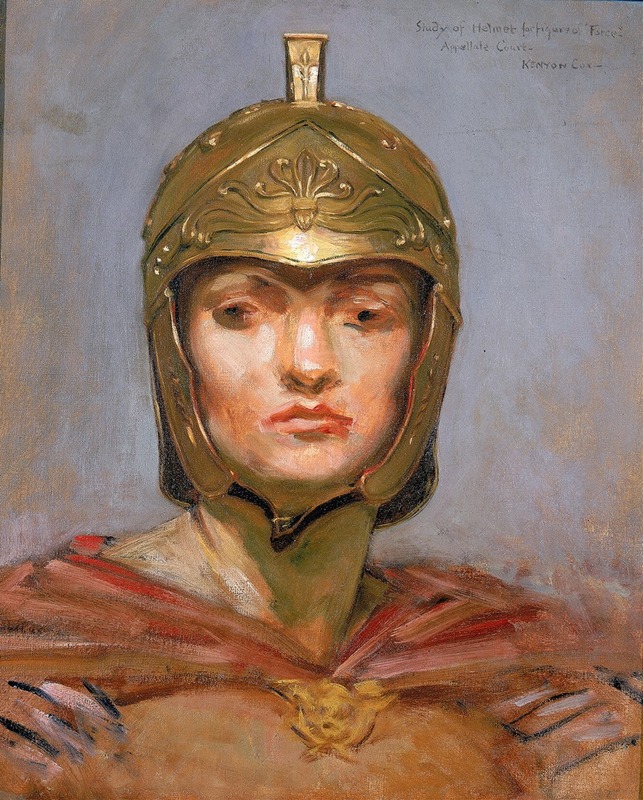
Study for Mural for Appellate Court Building, New York;Statute Law;, Helmet for Figure of Force
A hand-painted replica of Kenyon Cox’s masterpiece Study for Mural for Appellate Court Building, New York;Statute Law;, Helmet for Figure of Force, meticulously crafted by professional artists to capture the true essence of the original. Each piece is created with museum-quality canvas and rare mineral pigments, carefully painted by experienced artists with delicate brushstrokes and rich, layered colors to perfectly recreate the texture of the original artwork. Unlike machine-printed reproductions, this hand-painted version brings the painting to life, infused with the artist’s emotions and skill in every stroke. Whether for personal collection or home decoration, it instantly elevates the artistic atmosphere of any space.
Kenyon Cox was a prominent American painter, illustrator, and writer, known for his murals and academic style. One of his notable works is the "Study for Mural for Appellate Court Building, New York; Statute Law; Helmet for Figure of Force." This piece is a preparatory study for a larger mural intended for the Appellate Court Building in New York City. Cox's work on this project reflects his commitment to the Beaux-Arts tradition, which emphasized classical themes and techniques.
The Appellate Court Building, located in Manhattan, was designed by architect James Brown Lord and completed in 1900. It is renowned for its architectural grandeur and the integration of fine art into its design. The building's interior features a series of murals and sculptures that celebrate the themes of law and justice, aligning with its function as a judicial institution. Kenyon Cox was among several artists commissioned to contribute to this artistic endeavor, which aimed to convey the dignity and importance of the legal system.
Cox's study for the mural includes the depiction of "Statute Law," a theme that underscores the foundational role of written law in the judicial process. The inclusion of a "Helmet for Figure of Force" suggests an allegorical representation, where the helmet symbolizes strength and protection, attributes often associated with the enforcement of law. This aligns with Cox's broader artistic approach, which frequently involved allegorical and symbolic elements to convey deeper meanings.
Kenyon Cox was deeply influenced by his academic training and the classical art traditions he encountered during his studies in Europe, particularly in Paris at the École des Beaux-Arts. His work often reflects a disciplined approach to composition, form, and the human figure, characteristics that are evident in his preparatory studies and final murals. Cox's contribution to the Appellate Court Building is a testament to his skill in integrating art with architecture, creating works that enhance the thematic and aesthetic qualities of the spaces they inhabit.
The mural project for the Appellate Court Building was part of a broader movement during the late 19th and early 20th centuries to incorporate fine art into public buildings. This movement was driven by the belief that art could elevate public spaces and inspire civic virtue. Cox's work, along with that of his contemporaries, played a significant role in shaping the visual and cultural landscape of public institutions in the United States during this period.
Kenyon Cox's legacy extends beyond his murals; he was also a prolific writer and art critic, contributing to the discourse on art and its role in society. His writings often advocated for the importance of traditional artistic values and the role of art in public life. Through his work on the Appellate Court Building and other projects, Cox left a lasting impact on American art and architecture, embodying the ideals of the Beaux-Arts movement and the integration of art into everyday life.





